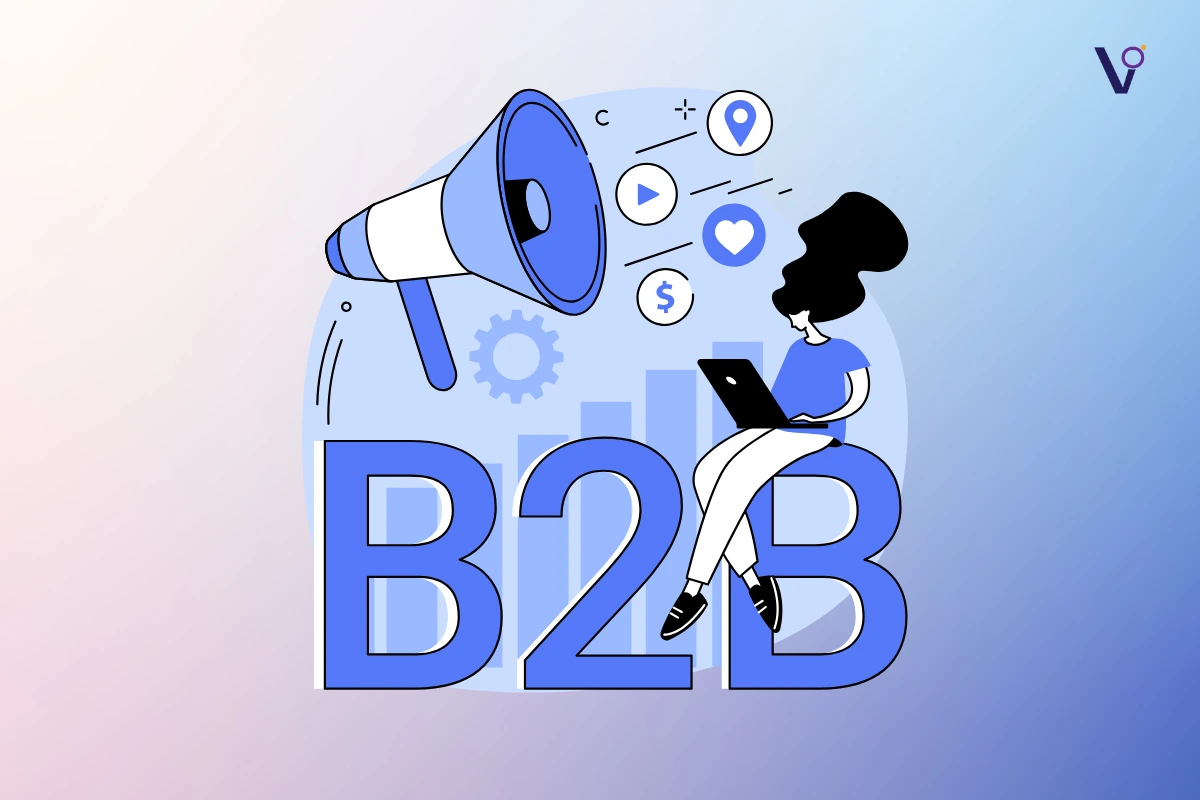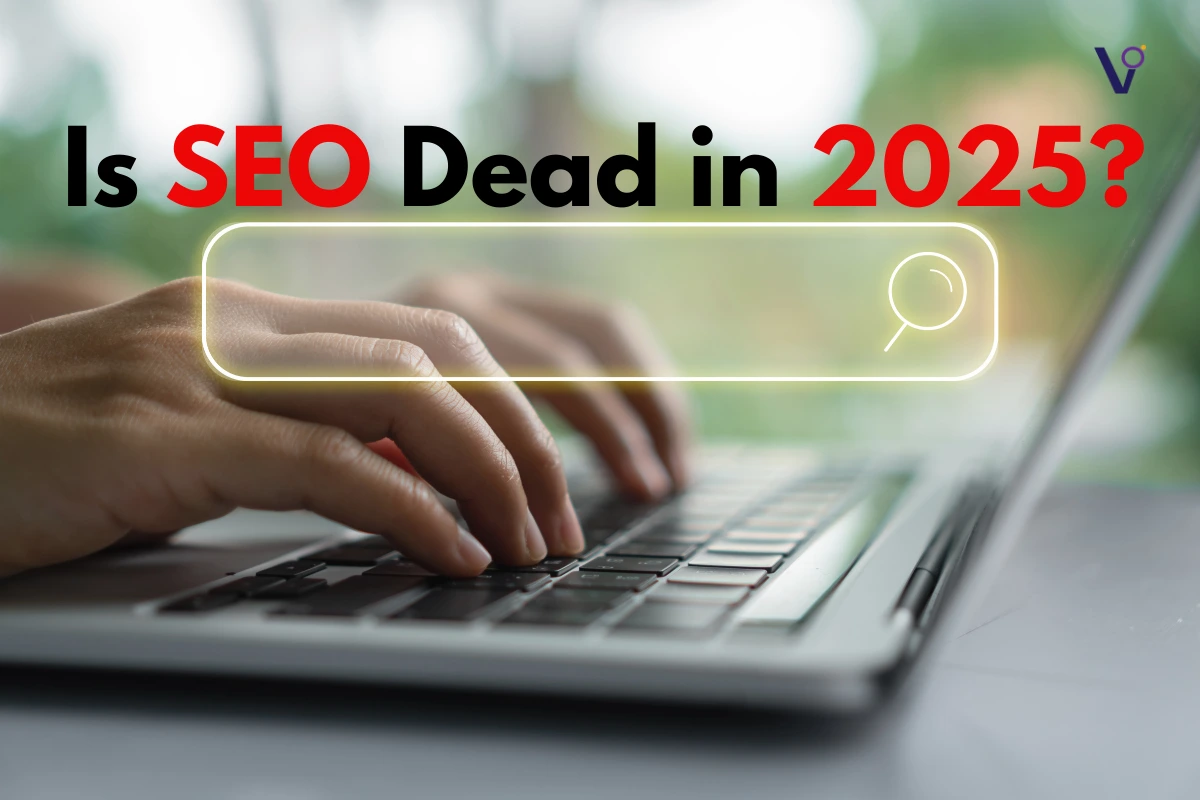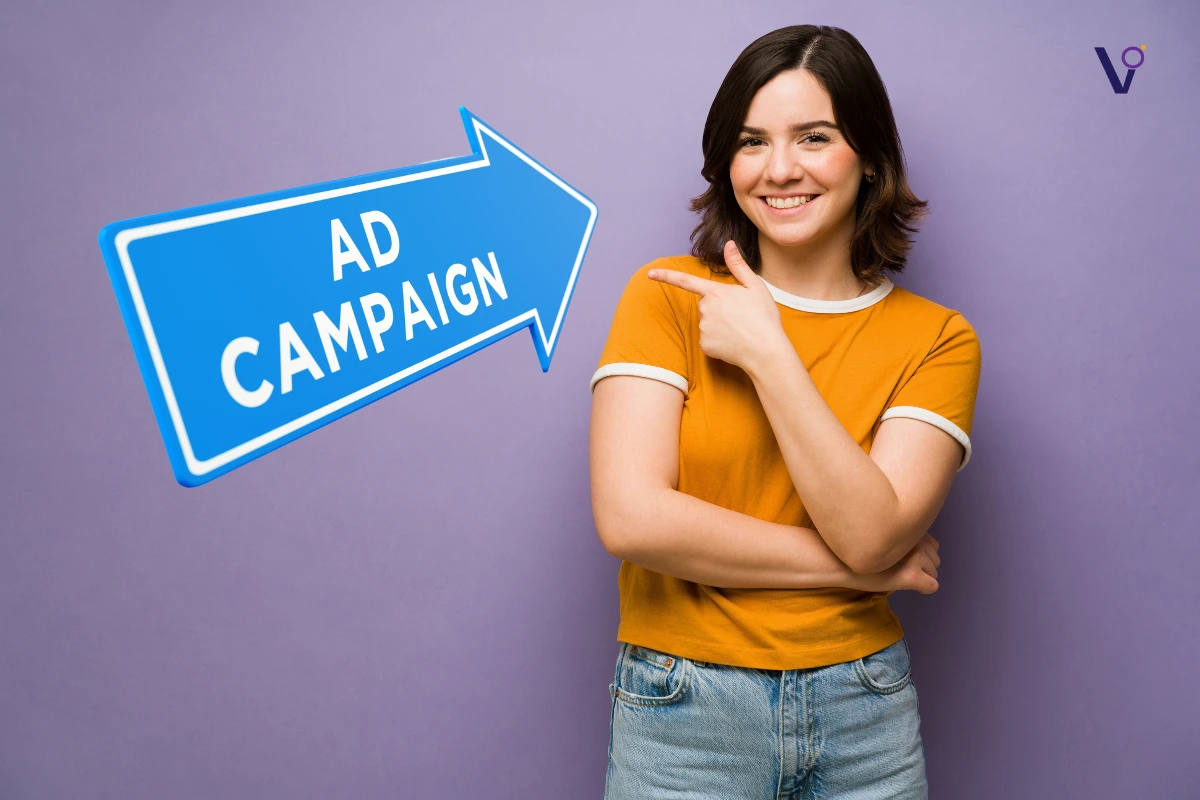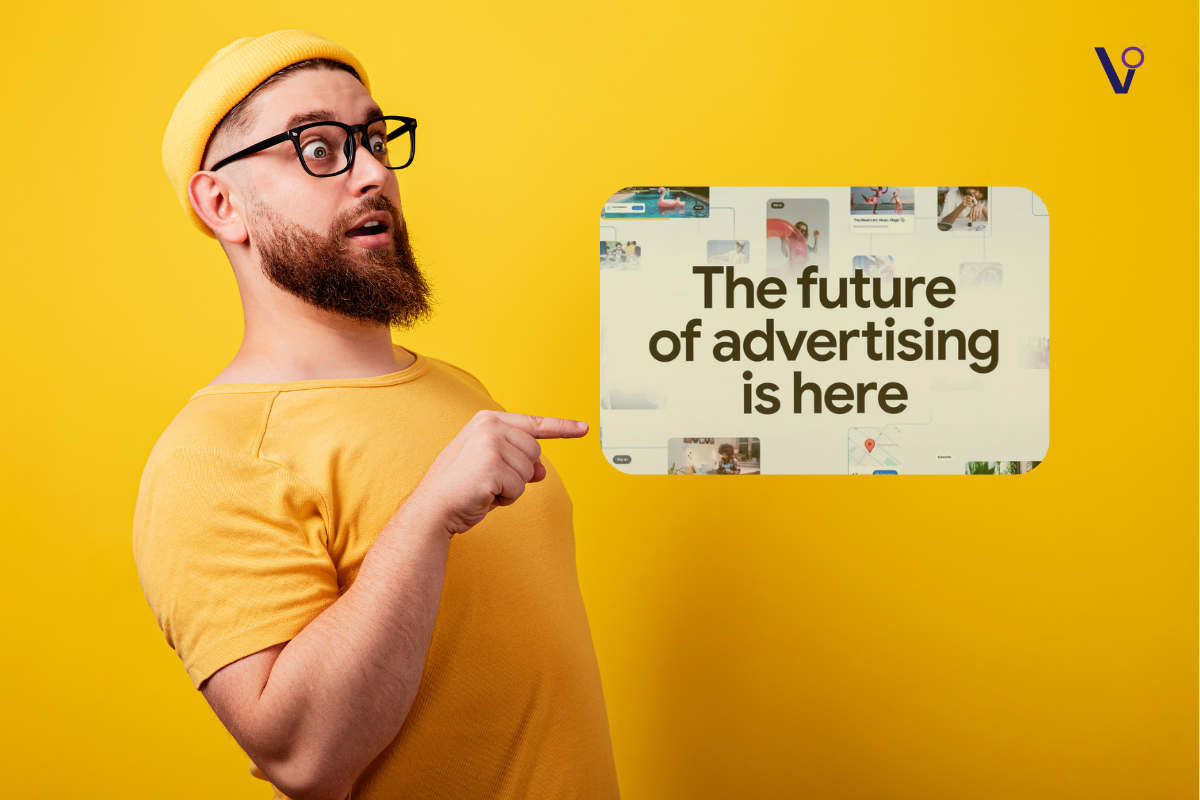Who better to learn about B2B digital marketing strategies than Gary Vaynerchuk, or Gary Vee, a name that echoes in the marketing, sales, and entrepreneurship world? He started from humble beginnings at his family’s liquor store, “Wine Library.” The store was a small $3 million business at first, but Gary Vaynerchuk transformed it into a $60 million empire.
How did he do it? By noticing an opportunity that most people overlooked—Google AdWords. Back in the early 2000s, when Google AdWords was a fresh concept, Gary had the foresight to buy the word “wine” for just five cents a click. This bold move turned his small business into a giant in the wine retail industry. While other competitors were relying on traditional media like TV and direct mail, Gary leaned into the power of the internet.
But here’s where it gets even more interesting. Today, Gary admits he could have grown Wine Library to $150 million if he had gone “all in” on Google AdWords. And that’s a great reminder for any modern B2B business today: If you see an opportunity, then take it before it becomes too expensive.
Let’s explore the six best B2B digital marketing strategies, drawing lessons from Gary’s story.
1. Laser-Targeted Facebook Advertising: Catch Your Dream Clients
If Gary’s success taught us anything, it’s the value of getting in early on underpriced attention. In his era, it was Google AdWords. Today, it’s Facebook, LinkedIn, and YouTube ads.
Here’s why it works:
- Unlike B2C, you know the exact company you want as a client.
- You can target specific job titles (like CFO, CTO, or purchasing managers) in your ads.
- You can create hyper-personalized content for each company.
How to do it right:
- Make a list of 15-20 dream clients.
- Use Facebook’s “Employer” and “Job Title” filters to target their decision-makers.
- Create a video ad that opens with, “Does your CFO know about this opportunity?”
Want to turn ad spend into real business growth?
Contact Viral Omega today and see how our ad campaigns can grow your leads and sales.
2. Content Marketing: From Bulk Emails to Strategic Content Hubs
Bulk email doesn’t work anymore. Spam filters are smarter, buyers are savvier, and attention spans are shorter. But email isn’t dead—it’s just evolving.
Here’s the key: Don’t sell through email; educate.
The world of B2B buyers has changed. They want to be nurtured with valuable, problem-solving content before making a purchase decision. This is where content marketing shines.
How to win with content marketing:
- Start a blog on your website focused on addressing industry pain points.
- Use your emails as distribution tools for this content, not sales pitches.
- Position your brand as a thought leader through in-depth case studies, whitepapers, and video guides.
Example: Instead of sending a LinkedIn message saying, “Check out our services,” try this instead:
“Hey [name], I saw you’re interested in [industry]. We just released a case study on how a company like yours saved 30% on [problem] with this one approach. Want me to send it your way?”
3. LinkedIn Outreach: Personalization Beats Automation
LinkedIn is the powerhouse of B2B connections. But here’s a harsh truth: Copy-pasted LinkedIn messages don’t work anymore.
The era of sending generic, “Hi, I noticed you’re in X industry…” is over. If you’ve received those messages, you probably ignored them too.
Here’s the modern approach to LinkedIn outreach:
- Send personalized connection requests with a thoughtful note.
- After they accept, engage with their posts for a week before making a direct pitch.
- When you do message them, avoid templates. Instead, refer to something specific they posted.
Pro Tip: Instead of spamming 500 people, try targeting just 10 high-quality prospects at a time. It’s quality over quantity.
4. Retargeting Ads: Stay in Front of Your Prospects
Imagine this: a CFO from one of your target companies visits your website, browses your services, and leaves. Most companies lose that lead forever. But B2B companies with a retargeting strategy stay in front of that person—on LinkedIn, Facebook, and even YouTube.
How retargeting works:
- Use Google and Facebook tracking pixels on your website.
- When visitors leave, retarget them with ads like, “Still thinking about [solution] for your business?”
- Drive them back to your site, increasing your conversion chances.
This strategy works because buyers don’t always convert on the first visit. But seeing you everywhere builds trust, and trust closes deals.
5. Video Marketing: Convert B2B Buyers With Visual Storytelling
Just as B2C buyers have emotional connections to video, the same applies to B2B decision-makers. People crave video content. It’s the new king and stays that way.

Video makes B2B concepts more relatable, emotional, and memorable. Imagine sending a video message saying,
“Hi [Name], I wanted to personally show you how our solution works, so I made this quick video.”
Here’s how to win with video marketing:
- Create short, 2-minute “explainer videos” that highlight the benefits of your service.
- Post these videos on LinkedIn, Facebook, and even your website’s homepage.
- Use personalized video emails for cold outreach instead of plain-text emails.
Example:
Instead of sending a text email to a CFO, try recording a video saying,
“Hey [Name], I made this 2-minute video for you. I know CFOs are thinking about [problem], and I wanted to show you how we can solve it in 3 simple steps.”
6. Paid Media Amplification: Supercharge Your Best Content
Let’s cut to the chase: great content alone won’t win. It’s only half the battle. The other half is amplification. Even the best case study won’t generate leads if nobody sees it.
Here’s how to win with paid media:
- Identify your best-performing blog posts, videos, and case studies.
- Run LinkedIn Sponsored Content ads that target senior executives at specific companies.
- Use Facebook’s retargeting to get the content in front of people who’ve already visited your site.
But here’s the catch—don’t outsource this strategy immediately. Just like the entrepreneur in the story, you must learn it yourself. Spend 10 hours understanding the basics of ad platforms. Once you know what works, you can outsource it with confidence.
Pro Tip: Test multiple headlines and visuals for the same piece of content. Sometimes a small tweak, like changing the word “save” to “boost,” can double your clicks.
The 7 P’s of B2B marketing are product, price, place, promotion, people, process, and physical evidence, which are the essential elements needed for effective business-to-business marketing strategies.
The 4 C’s of B2B marketing consist of Customer, Cost, Convenience, and Communication, focusing on customer-centric approaches towards sales, accessibility, and engagement.
To start a B2B business, identify a niche market, develop a valuable product/service, build a website, create marketing strategies, use CRM tools, and generate leads through paid ads, content, and outreach.



